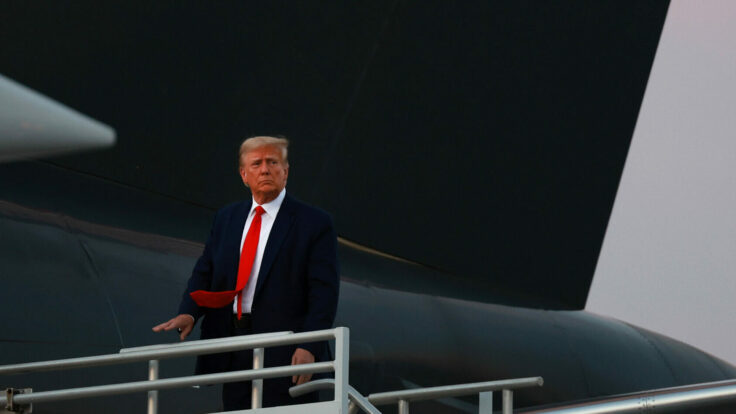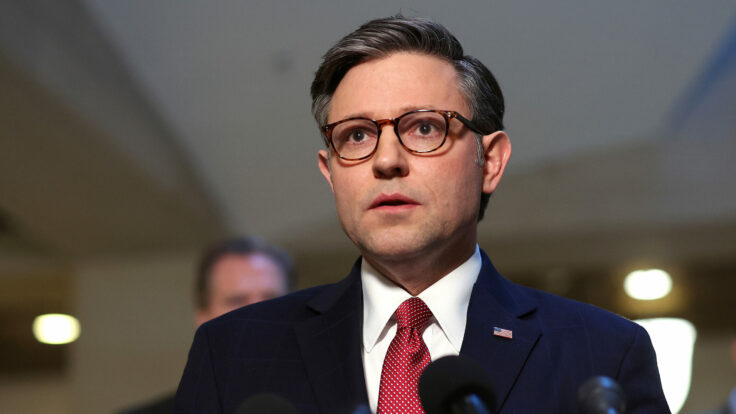With the benefit of hindsight, Sarah Palin’s bright-burning, incredibly brief Kardashian-of-the-Fox set influence on our politics was one of those turning points that we never quite fully appreciated in real time. Pre-Palin, vice presidential candidates looked like Al Gore and Dan Quayle; they could defang Katie Couric; they went to Ivy League schools and weren’t grandparents in their 40s. And here was Palin, the self-professed hockey mom, ushering in an era of unabashed white-trash-chic political philistinism wherein it was a credential to view an international map like a Saul Steinberg blob, ransack a department store on a campaign’s dime, and introduce the world to Tripp, Todd, Trig, and the rest of the crew.
Now, a decade later—post-Todd, post-reality TV, post-Anchorage, post-Trump—Palin occupies an odd lane. Sure, she might be the O.G. populist, the ancestral progenitor of today’s MAGA movement. But one of the questions setting Official Washington off is what she might be like if she were to come to Congress. On Wednesday, Palin lost a special election to serve out the term of the recently-deceased Congressman Don Young, falling behind Democrat Mary Peltola by three points, but she is still Trump’s endorsed candidate for the general election in November, which will determine the future of the seat. (After her loss, Palin exhorted her Republican rival in the ranked-choice election, the relatively moderate Nick Begich, to drop out of the general election.) Should Palin win in November, after a decade-plus spent cashing in on her evanescent fame out of the political spotlight, she would be joining a Congress that contains Marjorie Taylor Greene, Lauren Boebert and Matt Gaetz. We’re not in Wasilla anymore.

















